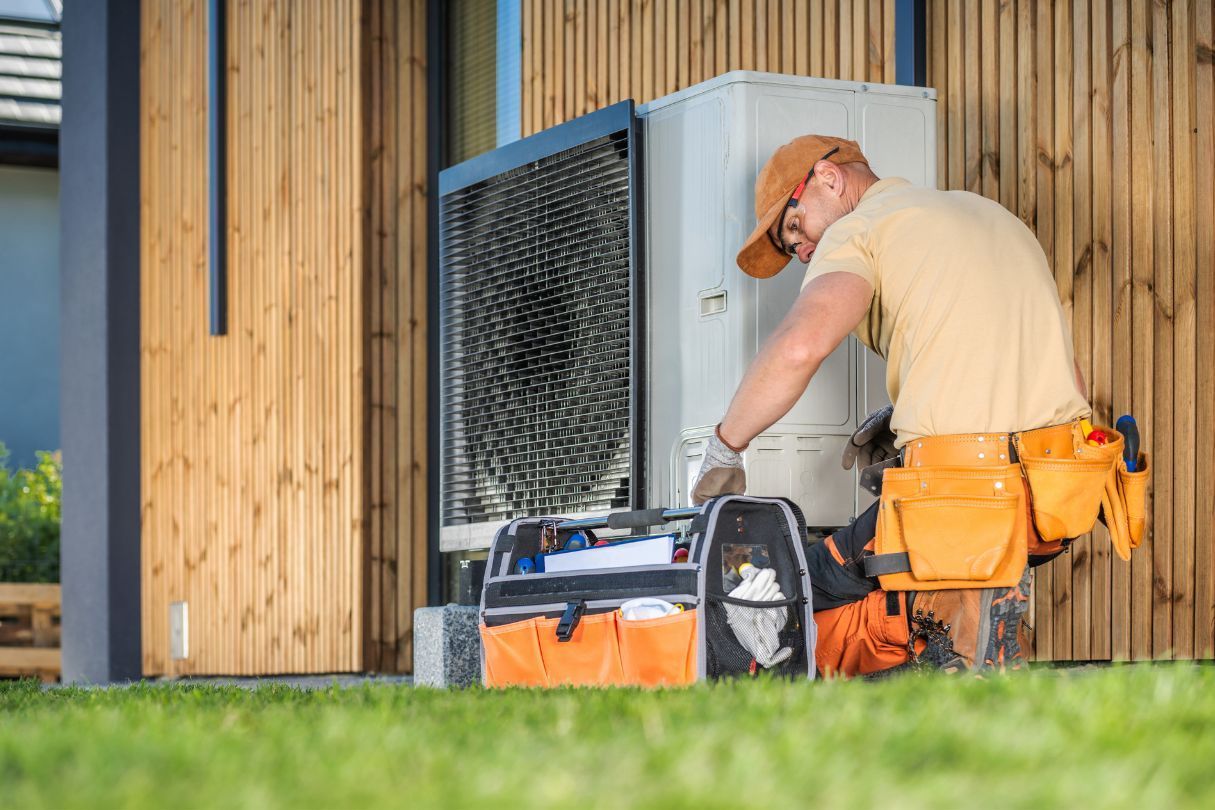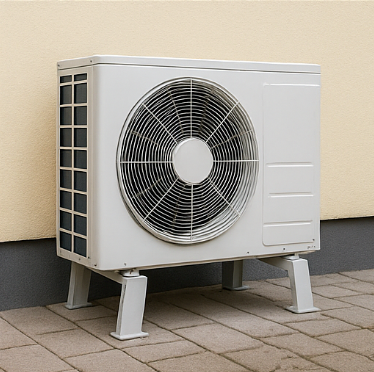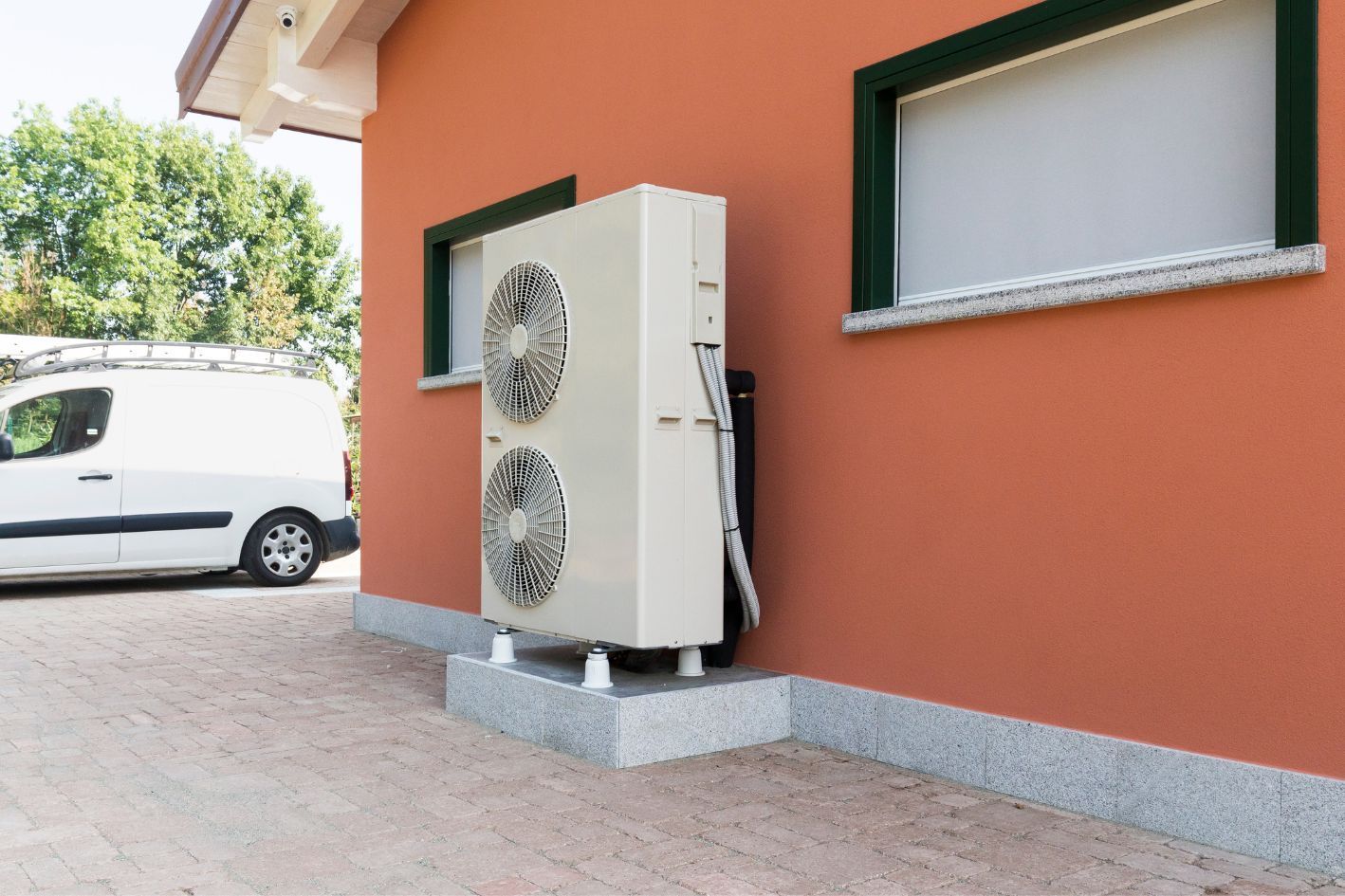The Critical Role of Heat Exchangers in Boosting Air Source Heat Pump Efficiency
Selecting the proper heating and cooling system is one of the most important long-term decisions when planning a new build. Air source heat pumps offer an energy-efficient residential and light commercial construction solution. With careful planning, they can be seamlessly integrated into the design of a new home or building.
Planning for Proper Sizing and Layout
A common mistake in new construction is over- or under-sizing the heating system. With
air-source heat pumps, the right capacity depends on factors like insulation levels, window types, square footage, and regional climate. Working with your builder and HVAC contractor early in the design process ensures the system is correctly sized and positioned for peak performance.
The layout of indoor units also matters. Ductless options provide flexibility, while ducted systems can be integrated into open-concept designs or multi-level homes. The location of the outdoor unit should allow for sufficient airflow, easy maintenance access, and minimal noise impact.
Maximising Efficiency from the Start
Since
heat pumps operate most efficiently in well-insulated buildings, new construction is an ideal opportunity to design with energy performance in mind. High-quality insulation, airtight construction, and modern windows all contribute to the system's overall effectiveness.
Designing for lower-temperature heating—such as underfloor heating or low-temperature radiators—can further enhance efficiency, particularly in colder climates.
A Smart Investment for New Builds
Choosing an air source heat pump during the planning stage of a new home can reduce long-term energy costs and lower the building's carbon footprint. It also avoids the need for costly retrofits later.
If you’re designing a new home or development, now is an excellent time to consider
air-source heat pumps as part of your project’s sustainable heating and cooling strategy.












